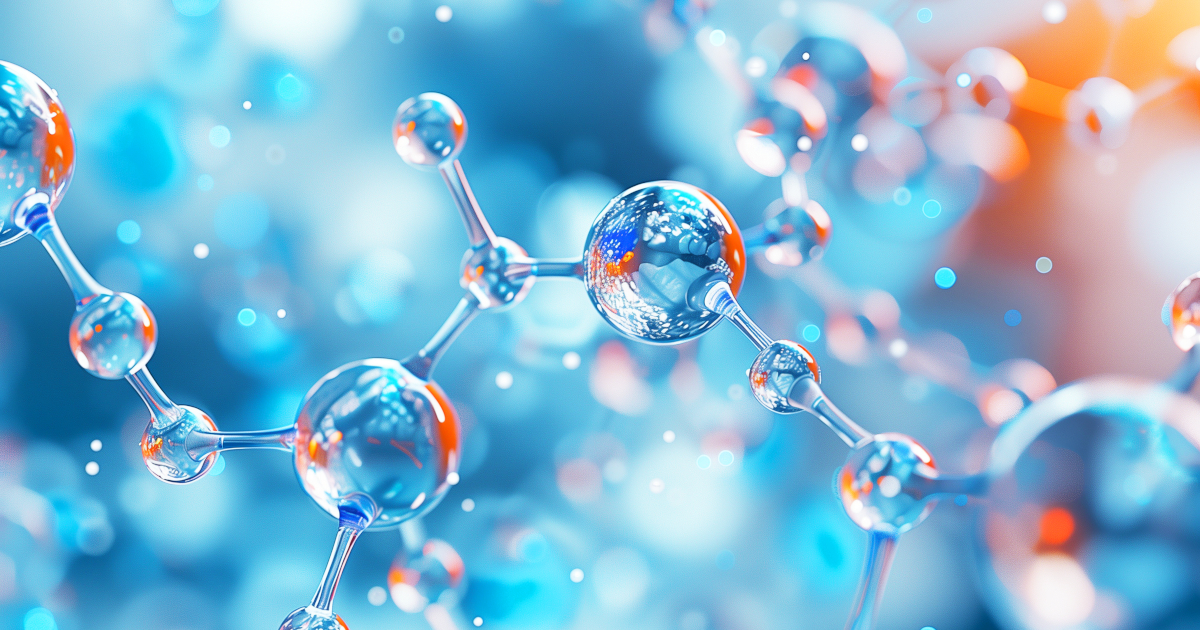Scientific Breakthrough Transforms Industrial Slag into Eco-Friendly Pigments Using Advanced Color Measurement

Summary
Full Article
Threenh Technology, in collaboration with research teams from University of Science and Technology Beijing and Beijing University of Science and Technology, has published significant research demonstrating the transformation of industrial slag into eco-friendly pigments. The study, published in Ceramics International, represents a major advancement in environmental protection by providing scientific validation for converting industrial waste into commercially viable colorants.
The research utilized the CR8 spectrocolorimeter from colorimeter.com to analyze color changes in slag samples under various conditions. The instrument's D/8 geometry with diffuse illumination and 8° directional reception, combined with high-precision spectroscopic technology and full-spectrum LED light source, enabled accurate measurement of spectral reflectance across the 400-700 nm wavelength range. This precision allowed researchers to calculate precise colorimetric values using the D65 standard illuminant with 10° observer angle, ensuring consistency with human visual perception.
The methodology employed the TS70 series vertical multifunctional components, which maintained stable light paths and sample uniformity during measurement. Slag samples were mechanically crushed and sieved to 0.425 mm-0.6 mm particle size before spectral reflectance measurement. This approach provided high-precision measurement capabilities with strong environmental adaptability, enabling efficient data acquisition for investigating how alkalinity and temperature affect slag color.
Research findings revealed critical relationships between processing conditions and pigment properties. Slag with lower basicity (approximately 0.39) produced reddish yellow pigments but caused more crucible erosion during processing, while higher basicity slag shifted toward bluish green hues due to mineral phase changes. Temperature control proved equally important, with slag fired at 1100 °C yielding lighter pigments compared to those processed at 1000 °C or 1200 °C.
The implications of this research extend beyond pigment production to broader environmental benefits. By transforming ore slag—a byproduct of steel, copper, and magnesium refining that has traditionally posed environmental challenges—into valuable pigments, the technology reduces landfill waste and minimizes the environmental footprint of colorant production. This approach offers a sustainable alternative to conventional colorants that rely on resource-intensive mining operations.
The CR8 spectrocolorimeter's role in this breakthrough extends to quality assurance and material diagnostics. Color variations detected by the instrument can indicate changes in microstructure, erosion patterns, or crystalline phase formation, providing valuable insights for both research laboratories and industrial manufacturing facilities. This capability makes the technology essential for ensuring batch consistency and commercial viability of slag-based pigments.
Future applications of this technology could expand beyond pigment production to include material stability forecasting, corrosion resistance analysis, and other industrial properties assessment. This opens new possibilities for slag utilization in high-performance applications ranging from construction materials to advanced composites, further enhancing the environmental and economic benefits of industrial waste repurposing.

This story is based on an article that was registered on the blockchain. The original source content used for this article is located at 24-7 Press Release
Article Control ID: 257446